Techno-Optimist #23
We may have to deflect an asteroid, first completely synthetic eukaryote genome finished, Deep Research launches, samples from Bennu hold surprises, Boom goes supersonic...and a whole lot more.
Welcome to the twenty-third edition of Techno-Optimist, your beacon for the latest news and insightful commentary across the fields of space, science, technology, medicine, energy, AI, and more. To the over 50 new subscribers who are excited about the future and weary of all the doomerism, welcome aboard!
Back when I first started this, I said that once Techno-Optimist passed 1,000 subscribers I’d switch to a weekly publishing cadence. However, now that I’ve been doing it for almost a year, I’ve found that fortnightly is about the right pace. It leaves me the time to actually write it up—something I’d find challenging to do every week—plus I always have plenty of news and breakthroughs to sift through, making it (I think) a better newsletter. So I’ll keep going with a new edition every 2 weeks for the time being.
And a belated Happy Valentine’s Day to everyone! I wasn’t going to comment on it, but when I saw this I couldn’t resist. (Colossal Biosciences)
Alright, let’s dive in.
“Dare mighty things.”
—Teddy Roosevelt
Full quote: “Far better it is to dare mighty things, to win glorious triumphs, even though checkered by failure, than to take rank with those poor spirits who neither enjoy much nor suffer much because they live in the grey twilight that knows neither victory nor defeat.”
Impact watch. We may have to deflect a dangerous asteroid. No, this isn’t the plot of a Hollywood movie, it’s a real challenge that scientists and space agencies might soon be actively preparing for. The asteroid is called 2024 YR4, and the latest update gives it a 2.3% chance of hitting us on December 22, 2032. It was just discovered last December by a NASA funded ATLAS (Asteroid Terrestrial-impact Last Alert System) station down in Chile, and is currently estimated to be between 130 and 300 feet wide (40 to 90 meters). So definitely not a dinosaur killer sized rock—but it is more than large enough to wipe out a major city and the surrounding area.
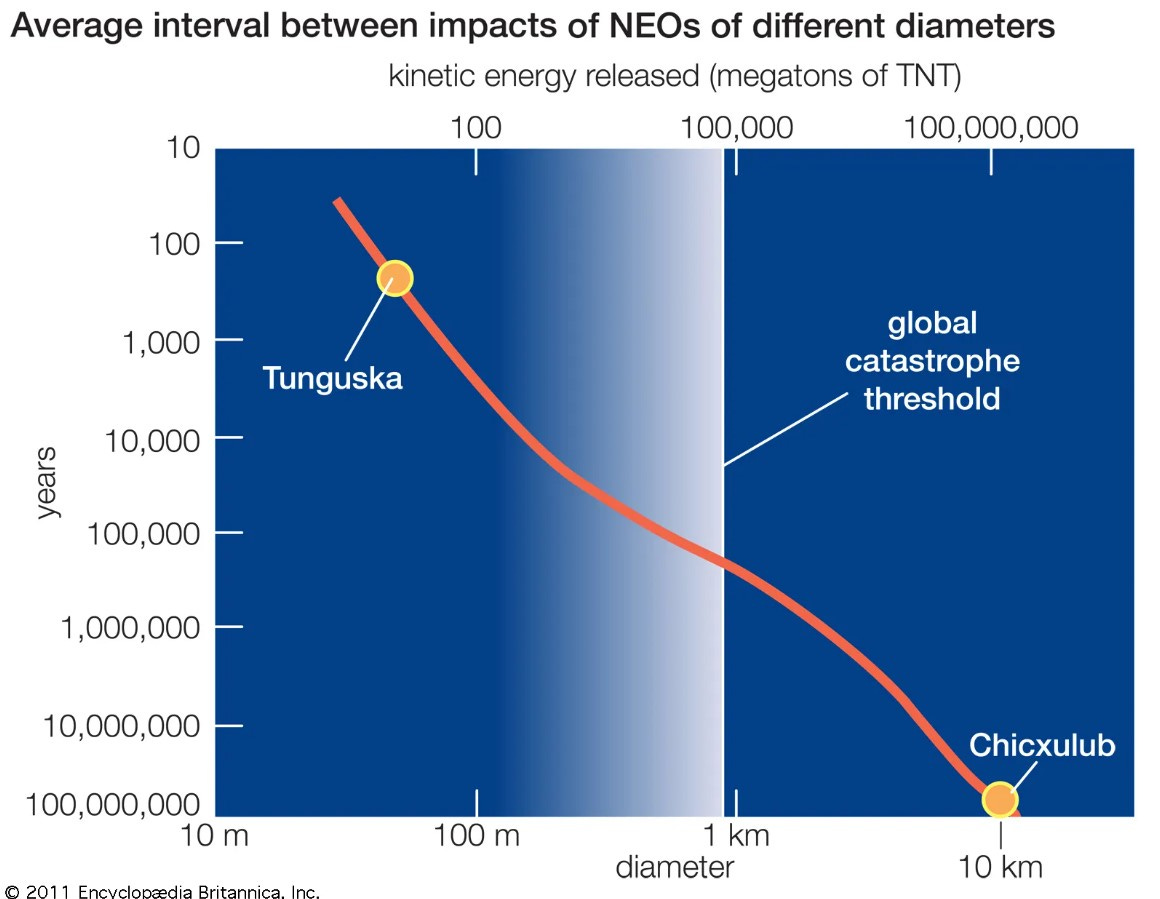
It’s around the same size as the object that caused the Tunguska event back in 1908, which was an airburst that flattened 2,000 square kilometers (half a million acres) in central Siberia. Rocks that size tend to hit us every few centuries on average, so it’s not unreasonable that one could be headed our way.
While there are no other large asteroids with an impact risk above 1%, that number is still preliminary and will almost certainly change with further observations—including from NASA’s James Webb Space Telescope which will take a good look at 2024 YR4 next month. Observations need to be done quickly, because the asteroid is actually moving away from us, and will be too faint for useful observations after April. We’ll get another good chance to refine its orbit in June 2028, but that’s also the best time to deflect it if needed, so we need to get as much data as possible now. When I said the number could change, I mean that while it could go down, it could certainly go up as well. In fact, several hunches I’ve seen from the astronomical community think it probably will.
A significant stretch of the projected impact corridor is actually over water, where it likely wouldn’t do much damage—any tsunami risk is actually a lot smaller than you’d think, unless it was near a coast. But we can’t leave that to chance.
So what do we do? Well, you may have heard that asteroids are nature’s away of asking, “How’s that space program coming along?” Because the impact risk is relatively high (though still low), we should seriously consider—and then start building—a deflection mission. The ideal time to launch would be 4 years from now, when 2024 YR4 makes another close pass. We’ve already got some experience with this, with NASA’s DART mission impacting an asteroid called Didymos back in 2022. That’s the kinetic impactor option, and it’s by far the simplest and probably the most reliable as well. Other options include a gravity tractor, which involves “parking” a spacecraft off to one side of the asteroid, slowing letting its tiny mass shift the path of the much larger rock. Lastly is of course the nuclear option, but with almost 8 years still to go, that shouldn’t be needed.
While this news may worry some, I actually find it rather exciting. Let me explain: this is essentially the best-case scenario for an asteroid threat like this. Small enough not to pose a risk of extinction or ending civilization, big enough that we’ll need to do something about it, but with years in which to do it. Think of it as a relatively low risk practice run that will help prepare us for dealing with something much larger and more dangerous down the road. It’s fortunate that we developed the technology to find and deflect asteroids just as 2024 YR4 was coming along. I call that providential.
One last thing, while I was writing this, I Googled ‘NASA’s DART Mission.’ When you hit enter, you’ll see the DART probe fly across the screen and smack into a picture of the asteroid it hit. Then the screen tilts at an angle. I may or may not have hit refresh half a dozen times already… (NASA Planetary Defense, link 1) (NASA Planetary Defense, link 2) (Jonathan O’Callaghan)
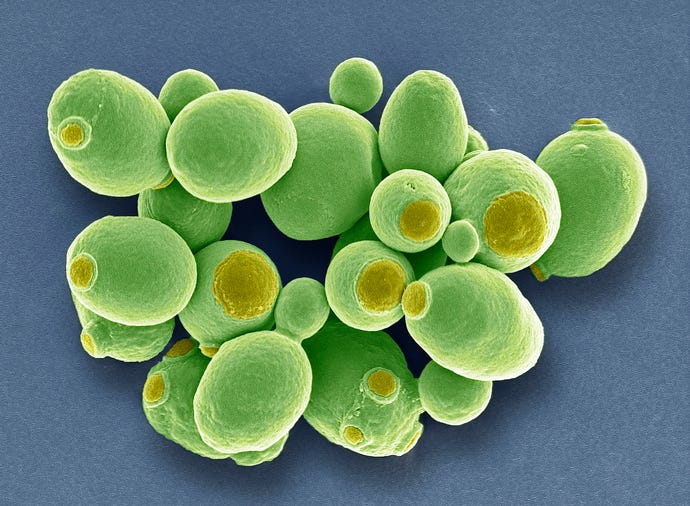
First synthetic yeast genome completed. Synthetic biology has just hit a huge milestone, with biologists at Australia’s Macquarie University creating “the final chromosome in the world’s first synthetic eukaryotic genome.” It’s the final touch to the Synthetic Yeast Genome Project (Sc2.0), “a global consortium working to develop the first synthetic eukaryote genome from scratch.”
The project began back in 2006, and now they’ve finally succeeded, building a fully synthetic genome from Saccharomyces cerevisiae (i.e., baker’s yeast), as well as introducing a “new-to-nature tRNA neochromosome.” Mastering this biotechnology could speed up the creation of custom organisms, with extensive applications in everything from medicine to chemical production. It’s also a stepping stone for engineering synthetic genomes for more complex multicellular organisms in the future. Perhaps down the road this approach could be used to design microbes, yeasts, and plants better able to survive on a partly terraformed Mars, or help us colonize worlds under other suns? (GEN) (Synbiobeta)
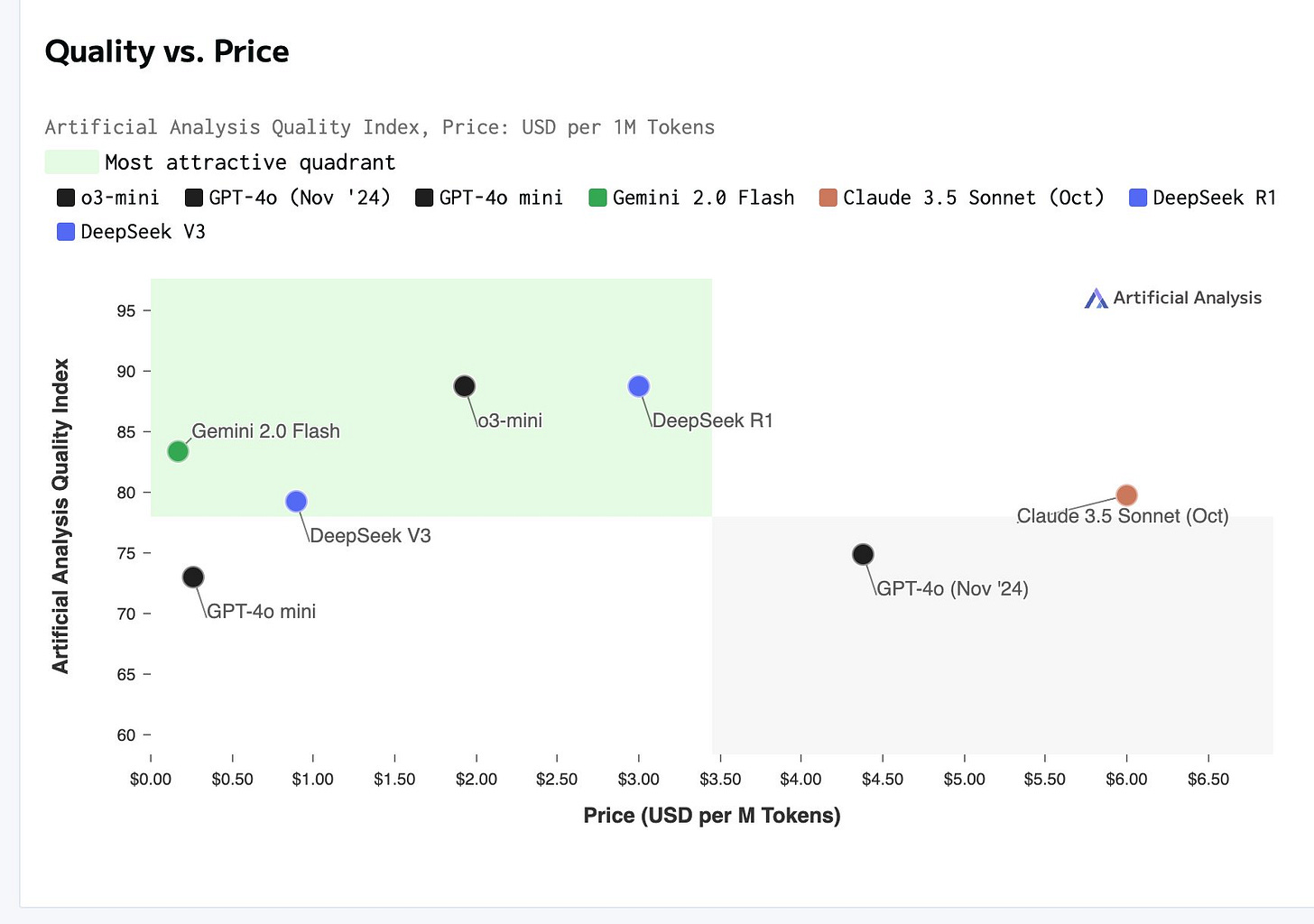
AI updates. Let’s start with DeepSeek: There’s a good list of its practical capabilities here and here, including the ability for its R1 model to run entirely on your phone, not a cloud server. You can create your own AI operator agent, which is a direct challenge to OpenAI’s Operator. DeepSeek isn’t the only Chinese AI company upping its game either, Kimi AI has thrown their hat into the ring with Kimi k1.5, which sounds like it’s up there with current frontline Western models in terms of capabilities.
Or rather, it was up there until a week or so ago. Things move so fast now with AI that radical shifts sometimes happen weekly. OpenAI hasn’t been sitting on its hands, and just launched its o3-mini model, which depending who you ask matches or beats DeepSeek. It’s available for everyone including free users, and has a ‘reason’ button that allows it to think before responding, allowing for better and more thorough answers. It seems to crush DeepSeek when it comes to physics simulations, generating a more accurate simulation of “a ball bouncing inside a spinning hexagon. The ball should be affected by gravity and friction, and it must bounce off the rotating walls realistically." Thing is, neither company (or anyone else working on AI) is going to stop here. We’re not going to have to wait years to see who improves what and pulls ahead, this is a running battle where major changes can happen in days or weeks. Months at the longest. Barely even time to keep up. As if to prove my point, Google also expanded their Gemini 2.0 offerings, “with new options and broader availability.” (Sam Altman, o3-mini) (OpenAI, o3-mini) (Flavio Adamo) (Google, Gemini)
Probably the most exciting thing to happen since last time is the launch of OpenAI’s second agent, Deep Research. It can “use the internet, do complex research and reasoning, and give you back a report,” doing in minutes “tasks that would take hours/days and cost hundreds of dollars.” When you ask it a question, Deep Research takes between 1 and 30 minutes to reply, returning a report “synthesized from many different sources” that can sometimes run over 10,000 words. Someone gave a good analogy, saying that we can “Think about it like a double decker tour bus but you’re the only passenger and the city you’re touring is the sum total of human knowledge.” Has anyone tried it yet? I haven’t, but when the free version comes along, I’m going to see how it does with postulating what goes on inside a neutron star, particularly its core. As far as I know Deep Research can’t generate new knowledge (yet), but it can summarize all of human thought on the subject—all of it that’s online anyways.
Here's an example of how it can be used: someone at OpenAI and his wife who’d recently been diagnosed with breast cancer wanted to know whether she should do radiation after chemo. For her specific case it was a bit of a grey area, with different specialists giving different opinions. So they uploaded her pathology report to Deep Research and asked it whether radiation would be beneficial or not. “What happened next was mind-blowing. It didn’t just confirm what our oncologists mentioned—it went deeper. It cited studies I’d never heard of and adapted when we added details like her age and genetic factors. We fact-checked each study. They were spot on.” (Sam Altman – Deep Research) (OpenAI – Deep Research) (Dan Shipper) (Felipe Millon)
Here's where things could go next: think about what a synthesis of Deep Research and Operator would be like as a single AI agent. “Deep Research is the PhD student doing the scientific work. He reads countless papers and does the research work. He prepares everything. Operator, in turn, takes the data and applies it. Based on the research, it makes decisions, works on projects, develops new ideas and working methods.” Here’s another: "Ultimately, the goal for a tool like deep research is that it would be producing novel concepts and contributing to the research itself, but we’re not there yet. The current iteration is about discovering, synthesizing, and reasoning through existing information and presenting it in a way that can be understood." (@kimmonismus) (Not Boring – Packy McCormick)

Fusion updates. The photo above is from NearStar Fusion. In it, you can see a projectile smashing into a fuel capsule at 16,920 mph (27,230 kph), or 22x the speed of sound (click on the image to go to the video). That’s how we get to fusion energy folks. Fusion may be coming to California, with Pacific Fusion reaching an agreement with the Alameda City Council to start discussions on where the company can build a future power plant. Helion—one of the frontrunners in my opinion—just closed their Series F investment of $425M to help “accelerate our path to commercialized fusion power.” Lastly, China is going all in on fusion. Satellite images show construction of what appears to be “a large laser-ignited fusion research center.” (NearStar Fusion) (Alameda Post – Pacific Fusion) (Helion) (Planet – China fusion)
Cancer updates. I know I just did one of these last week, but there’s so much happening. And cancer research is something I take a great personal interest in.
A drug preventing cancer metastasis has been discovered. “Unlike many cancer drugs that also kill healthy cells, Adhibin only interferes with metastasis, so to speak, it paralyzes the cancer cell.” No human tests yet, but very encouraging. Tumors in basal cell carcinoma were shrunk with the use of a genetically modified herpes simples virus (and oncolytic virus) that “specifically destroys tumor cells and simultaneously activates the immune system.” From the Dana-Faber Cancer Institute: an anti-cancer immune response was generated after 9 patients with stage 3 or 4 kidney cancer were given a cancer vaccine. The vaccine was given after the tumors were removed surgically—so far (a median time of 34.7 months) all patients are still cancer free.
Medulloblastoma is the most common type of childhood brain cancer, and scientists at The Hospital for Sick Children in Toronto, Canada have discovered a way to stop the cancer at an early stage. They identified a protein that drove tumor growth (and regrowth after surgery), and were able to block its action, potentially preventing the cancer from progressing or returning.
Finally, yet another study has shown that AI helps doctors make better diagnoses. Screening for breast cancer with AI support “detected 29% more cases of cancer than traditional screening.” More aggressive cancers were also found at an earlier stage. (Dr Singularity – metastasis prevention) (Nature via Dr Singularity – oncolytic virus) (Medical Xpress – cancer vaccine) (Medical Xpress – stopping childhood cancer) (Medical Xpress – breast cancer)
Space
Back in September 2023, samples were returned to Earth from the asteroid Bennu. Analysis of those samples has detected of 14 of the 20 amino acids used by life on Earth, and “all five nucleobases [adenine, cytocine, guanine, thymine, and uracil] that life on Earth uses to store and transmit genetic instructions in more complex terrestrial biomolecules, such as DNA and RNA…” There was also evidence that salty water was once present on the parent body that Bennu came from, with 11 minerals identified that “form as water containing dissolved salts evaporates over long periods of time.” Another really interesting discovery was that the amino acids discovered were almost equally split into left and right handed molecules—life on Earth only uses left handed amino acids—meaning that the mystery of why life does this is still unsolved. (NASA) (NASA Visualization Studio) (EOS)
Aspiring asteroid miner AstroForge has announced its target: 2022 OB5, a small, M-type (metallic, nickel-iron) rock about 100m (328 ft) in diameter. Their Odin spacecraft plans to launch later this month, and fly by its target about 300 days later, imaging it and assessing how much metal is present on the asteroid. It’s high risk, high reward, and I for one am very excited to see it happen. (AstroForge) (Ars Technica)
Interstellar exploration is a tricky nut to crack. Getting to other stars in a reasonable time means moving at an appreciable percentage of the speed of light (c), maybe 0.1c if we want to get results back within 50 years for the closest stars to us (the Alpha Centauri system). One popular idea is lightsails—tiny probes surrounded by a much larger (but still small) solar sail, propelled to high speeds by lasers or perhaps electron beams. A team at Caltech is taking the first concrete steps toward making this a reality by developing a platform “for characterizing the ultrathin membranes that could one day be used to make these lightsails.” They’ll be able to measure the force exerted on the sails during tests, meaning actual iterative design and testing can now commence. (Caltech)
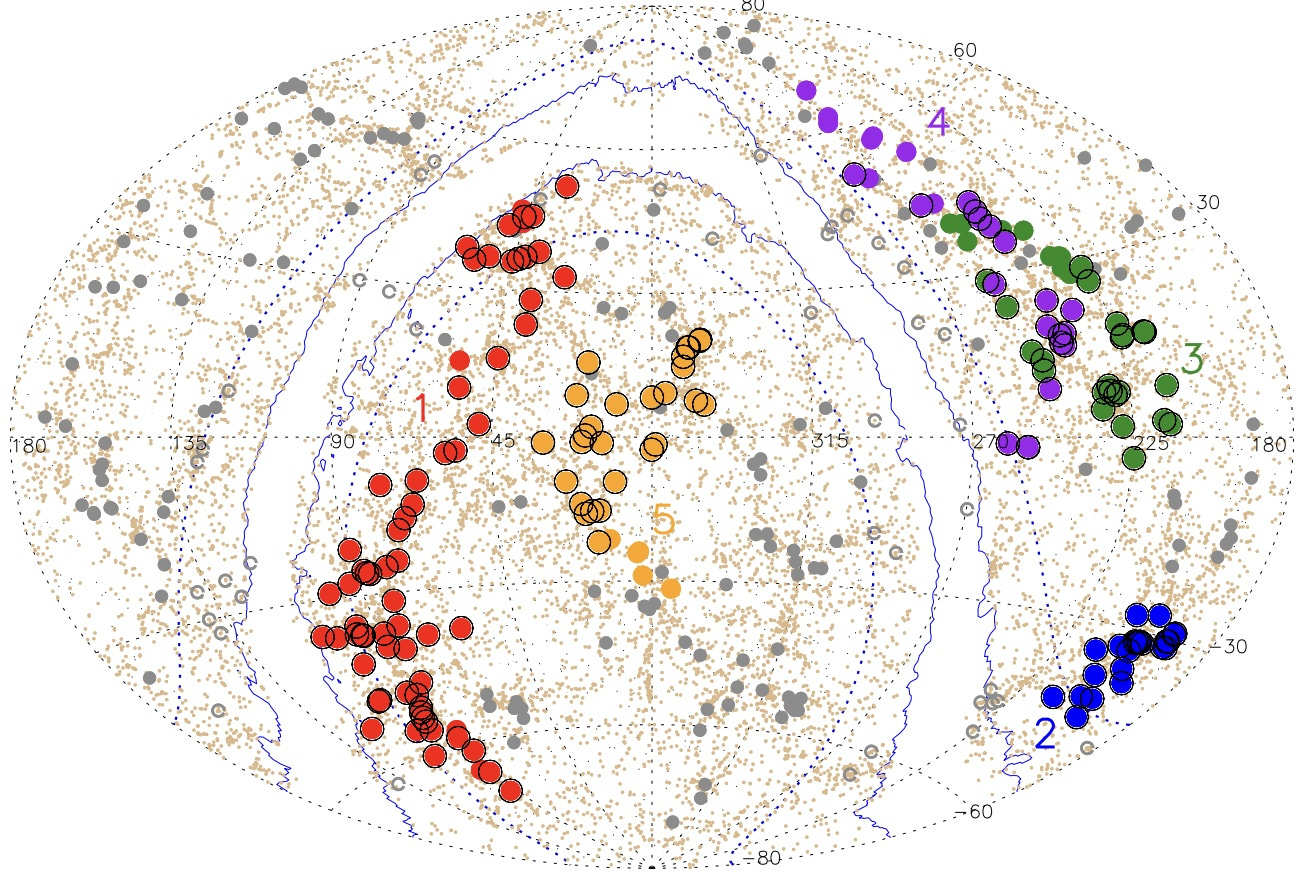
Astronomers have discovered the largest known structure in the universe, dubbed the Quipu superstructure (after the Incan knotted cord based recorded keeping system)—spanning 1.3 billion light-years and holding an immense 2×10¹⁷ solar masses. Identified through X-ray mapping of galaxy clusters, it concentrates ~25% of the universe’s matter into just 13% of its volume. This discovery could refine our understanding of cosmic evolution, influence Hubble constant measurements, and shed light on the large-scale structure of the universe. It seems that matter isn’t evenly distributed on the largest scales as was formerly thought. (@ExploreCosmos_) (EarthSky)
Part of NASA vision for advancing the frontiers of knowledge and capability in 2025 is their NIAC (NASA Innovative Advanced Concepts) program—with 15 concepts moving forward in the current round. The ideas range from advancing large scale manufacturing in space, to huge starshades for helping find Earthlike planets, exploring the edge of the Solar System with a fusion powered probe, exploration of Venus by balloon, and a lunar habitat made of glass. All the ideas are at an early stage for now, but I hope some of them keep moving forward. (NASA) (SciTechDaily)
It’s springtime in the southern hemisphere of Mars, and that means it’s carbon dioxide geyser season. As that part of the planet warms, in some places where there’s frozen CO2 on the ground, sunlight can pass through and heat up the ground underneath it. The warmed ground causes frozen CO2 to sublimate, which gets trapped under the still frozen cap above it. Eventually it bursts through, carrying darker material with it out onto the surface, where it creates unique and beautiful patterns called araneiform terrain, or “Mars spiders.” Interestingly, NASA’s Jet Propulsion Lab managed to recreate this process on a small scale last fall. (Universe Today) (NASA)
12 men have set foot on the Moon, and we’ve had people in orbit continuously for almost 25 years now. But so far, it’s just been robots on Mars. Impressive, but it needs to change. Occupy Mars! (Jared Isaacman)
AI, Energy, Engineering, & Physics
Commercial supersonic flight is coming back. Boom Supersonic just made aviation history with the successful flight of their XB-1 on January 28th, where it achieved Mach 1.122, breaking the sound barrier. While the Concord was civilian operated, it was designed with government help by an international consortium. Boom did everything solo. (Boom Supersonic) (Marcelo P. Lima)
Our world is full of fiber optic cables, used to connect us to the global system we call the internet. But they could have another rather unexpected use: earthquake detection. To make it work, a new algorithm takes fiber optic data and uses it alongside traditional seismometer measurements, allowing detection of earthquakes “using any fiber optic cable, anywhere.” Basically it’s detecting vibrations, meaning it could also be used to monitor things like subways and pipelines. (Phys.org)
Using AI (is anyone still surprised?) scientists designed a new material with “the strength of carbon steel and the lightness of styrofoam.” If it scales up, it could be used in vehicles of all kinds—cars to helicopters to spacecraft—significantly reducing weight while improving safety. (Live Science) (Advanced Materials)
Anyone living in cold climates knows that staying warm is important if you’re going outside in the winter, that may have just gotten easier with a new smart fabric that “converts light into heat and can raise temperatures by more than 54 degrees Fahrenheit (30 degrees Celsius) after just 10 minutes in the sun.” Nanoparticles embedded in the material absorb the sunlight and turn it into heat, though I’m unsure how long the effect lasts once the Sun goes down. (Live Science)
Across the pond in Britain, scientists have used AI to help design self-healing asphalt for roads, which could help ameliorate the perennial problem of potholes. Bitumen (heavy oil basically) is a key ingredient in asphalt, but over time and with cold temperatures it hardens and cracks, leading to road degradation and helping allow potholes to form. The key to fixing this turned out to be mixing in tiny “spores” of porous material filled with oil. When the asphalt cracks, the oil in the spores is released, healing the crack. Great idea, though I do wonder if it would work in really cold climates. (King’s College London)
A mini robots update for you: A 6-leg robot dog developed by Chinese engineers has successfully completed tests down in the Antarctic, highlighting its ability to work in chilly conditions. It can deal with temperatures down to -40° (Celsius or Faren height), and cart around ~150 – 220 pounds (70 – 100 kg). Should be useful for scientists, search and rescue, and for those who live and work in the Arctic or Antarctic. Elsewhere, there’s a lot of plans being laid to start shipping humanoid robots for home and commercial use. Chinese company UBTech thinks they can deliver “500-1,000 humanoid robots to clients, including car makers…by the end of this year.” Not to be outdone, American Figure Robotics sees a path forward to shipping 100,000 of their robots over the next four years. (Interesting Engineering) (The Humanoid Hub) (Brett Adcock)
AI powered photo software company Topaz Labs has announced a new product able to “Enhance old, low-quality videos to stunning high-resolution.” It’s called Project Starlight, and it’s the first diffusion model for video restoration. [Sidebar: if you’re interested in learning how diffusion models work, there’s a good explainer here]. (Topaz Labs)
Users of Apple’s iPhone will all be Starlink enabled soon, meaning that “You can now stay connected with texting via satellite from virtually anywhere.” The plan is to add voice calls and data will be added down the road. (Mario Nawfal)
Have you ever wished there was an app for something but it just didn’t exist? Now apparently you can fix the problem yourself: U.S. company Replit has created an AI powered app that lets you create apps of your own—no coding experience required. Simply tell it in plain language what you want, and away it goes. You can do a lot of customization, fix errors, and add or change features just by telling Replit’s app builder what to do. Bit of a disclaimer, I gave it a go and it failed miserably, so maybe you do actually need some coding experience. Or, perhaps you need to get the paid version, which would be kinda lame but unsurprising. (Replit)
Medicine & Biotech
Mitochondrial diseases can be extremely serious, ranging from age related illness, to metabolic problems, epilepsy, and causing cancer. Unfortunately, there haven’t been many effective treatments. That may change soon with a new gene editing tool able to target mitochondrial DNA, which in mice “successfully rewrote damaged sections to overcome deadly mutations.” The same approach could be used in humans. It’s early yet, but very encouraging work. (Singularity Hub)
Finally, a non-opioid drug for pain controlling serious pain has been approved by the FDA. Journavx helps patients deal with moderate to severe acute pain, without any risk of addiction. It’s not perfect, and is less effective than Vicodin, but it’s still a huge step in the right direction—and it could help a lot of people. (Vertex)
Taking 1 gram of Omega-3 every day may slow down the aging process in humans, according to a new study published in Nature, that followed “over 700 older adults over a three year period.” The results showed a moderate—but still very significant—impact, slowing biological aging by up to 4 months over the study. There was no variation based on age, sex, or BMI, so this should work well for everyone. Effects were even larger when combined with vitamin D (participants took 2,000 international units of vitamin D per day), and exercise. Well, I’m doing 2 out of 3 already. (Medical Xpress)
University of Colorado researchers have created a drug candidate called LL-341070 that “enhances the brain’s ability to repair damaged myelin—the protective sheath around nerve fibers.” They used it to successfully restore vision in mice that had suffered severe brain damage rendering them blind. This could be a treatment, or effectively even a cure, for multiple sclerosis, as well as “other neurological conditions that damage neurons.” (University of Colorado via Dr Singularity)
Electrically stimulating the spinal cord has been found to “gradually reawaken functionally silent motor neurons in the spinal cord and improve leg muscle strength and walking in adults with SMA.” It’s the first study to ever show that this electrostimulation can “reverse degeneration of neural circuits and rescue cell function in a human neurodegenerative disease.” [Sidebar: SMA = spinal muscle atrophy, a degenerative genetic neuromuscular disease]. (Medical Xpress)
For many diseases, early intervention is key. Alzheimer’s may soon qualify, with a new drug able to protect the brain and restore cognitive function in early Alzheimer’s. Rodent tests have been very promising, and the team hopes human trials can move forward. However, the molecule falls into a category called “free to use,” meaning that a drug based on it cannot be patented—decreasing the likelihood a pharmaceutical company would move forward with it. Not sure what the answer is here, but something clearly needs to be done to change this. Maybe a not-for-profit pharmaceutical? Be hard to compete, but perhaps it could work. (SciTechDaily)
Eating eggs is good for you. We all knew it already, but it’s nice to get further conformation. Regular consumption of eggs (1 to 6 times per week) led to a 29% lower risk of death from cardiovascular disease, and a 15% lower risk of death from any cause than those who rarely or never eat eggs. It’s important to note that everyone in the trial had normal cholesterol levels, but still, eat up those eggs! (Medical Xpress)
Speaking of high cholesterol, a newly found class of molecules have been found to reduce cholesterol levels, offering hope to many where it’s too high, and even more specifically to those with familial hypercholesterolemia (FH)—an inherited condition that causes abnormally high levels of bad cholesterol in the blood. It’s common, with around 1 in 200 adults carrying the mutation. It’s autosomal dominant, so if you carry it, you have it. It worked well in mice after a few tweaks were done to “humanize” their livers. Human trials soon would be great. (SciTechDaily)
Stanford University has just released a plan for building a $250 open source bioprinter, designed to “democratize bioprinting worldwide.” Bioprinting could potentially be used to grow (or rather, print) new organs, vastly improving healthcare and quality of life for hundreds of millions of people—but it’s traditionally been very expensive, limiting who can work on it. Now with a cheap and accessible bioprinter, there will be many more new entrants into the field, accelerating progress. All files, instructions, etc. are available here. (3DPrint.com)
Agriculture
Google’s Moonshot Factory (X) has spun off a new company called Heritable Agriculture, which uses machine learning to analyze plant genomes and improve yields through crop breeding. Right now they’re taking a more traditional approach, simply crossing plants as has been done for thousands of years—except updated for the 21st century (just add AI. But they do say that gene editing to create improvements could come later. (Tech Crunch)
Green walls aren’t strictly agriculture, but close enough. A new study in Singapore compared bare walls, plant covered “green” walls, and natural cliffs; looking at differences in temperature and biodiversity. This may seem rather obvious, but green walls do indeed boost biodiversity, as well as lower temperatures and reduce the urban heat island effect. It’s nice to get hard numbers sometimes, even if we already knew what the general outcome would be. (Phys.org)
Leaving native vegetation near crops—along roadsides for instance—improves crop yields, according to an Australian study. Native vegetation is a key habitat for insects, which are then able to pollinate nearby crops. Comparing the centers of fields to the edges nearest native plants noted 20% more seeds for canola, and a 12% increase for faba beans for the crops closest to the wild vegetation. Results confirm that “both fragment and roadside vegetation improve pollination and crop yields.” (Phys.org)
Weird & Wonderful
Beavers in Czechia managed to do what bureaucracy couldn’t. A project had been planned to restore some wetlands, but permitting had delayed it for 7 years. Local beavers decided enough was enough, and built a dam themselves, right where one was planned as part of the restoration project. No documentation required, $1.2 million saved, done in 2 days. (@nexta_tv)
Sort tissues from a well preserved plesiosaur fossil have been studied in detail for the first time. The fossil was actually found in Germany in 1940, but was buried in the museum gardens to protect it. After the war, it went into storage, and wasn’t prepared for study until 2020. Results show that the ocean going reptile possessed areas of “both smooth and scaly skin,” something of a mix between a scaley green sea turtle and a (smooth) leatherback turtle. The scales were located on the flippers, and may have provided stiffness for swimming. But it’s quite the contrast to dolphin like ichthyosaurs that lived at the same time—known to be entirely smooth skinned. (New Scientist)
In a fascinating Australian project, the elusive tree kangaroo will finally be studied in detail with the use of thermal drones. Tree kangaroos are difficult to study due to their relatively small numbers, and also the fact that they spend most of their time in treetops in dense tropical forests. This new approach will allow a more comprehensive population survey, and help unveil the lifestyle of these elusive creatures in their natural habitat. (Phys.org)
Photos & Videos
You’re looking at a new image from the JWST showing an edge-on view of a protoplanetary disc around a newborn star in the Taurus Molecular Cloud, about 450 light years away. Beautiful jets can be seen emanating from the poles of the star, and the disc wind (gas being pushed away by magnetic fields or radiation pressure) being visible in blue. (NASA Webb Telescope)
Astronauts need to have fun too. I just came across this, back in 2016 astronaut Scott Kelly put on a full gorilla suit he’d smuggled aboard the International Space Station (with the help of his twin brother back on Earth) and chased British astronaut Tim Peake around the station with it. (@Rainmaker1973) (BBC)
“The US Navy released a new photo of USS Preble (DDG-88) firing her HELIOS laser weapon.” I’m assuming that must have been taken with an infrared camera. (@Osinttechnical) (Office of the Director, Operational Test & Evaluation)
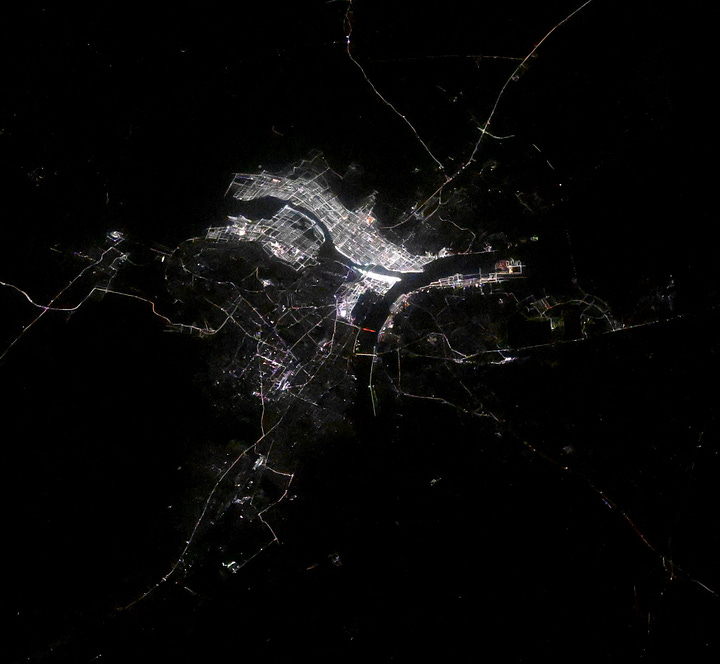
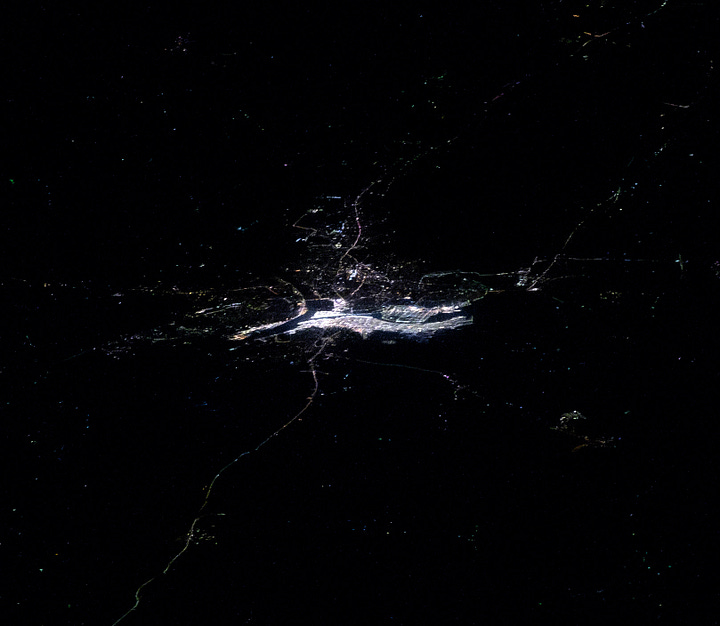
Don Pettit got an excellent shot of the 2025 Maha Kumbh Mela Ganges River pilgrimage from his vantage point aboard the ISS. It’s the largest human gathering in the world, with around 400 million attending over the 45 day festival. (Don Pettit)
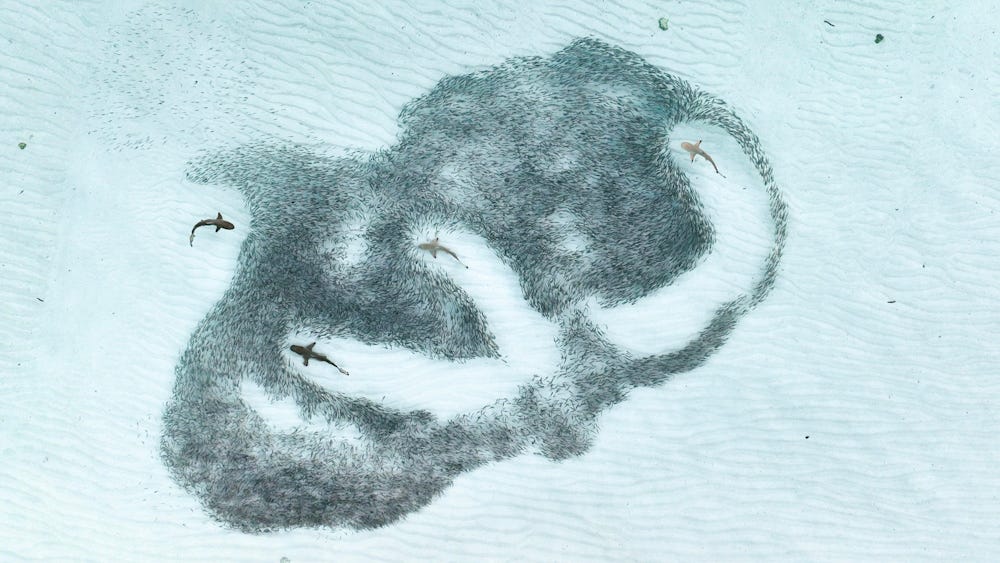
A winning photograph from the Royal Society Photography Contest is this incredible image of four juvenile blacktip reef sharks within a school of hardyhead silversides. (The Royal Society)
NASA’s Juno Mission has “observed the most powerful volcanic event ever recorded on the most volcanic world in our solar system, Jupiter’s moon Io.” The still unnamed hotspot spans around 40,000 square miles (100,000 square kilometers), around 5x the size of the biggest lava lake previously found on Io. (NASA

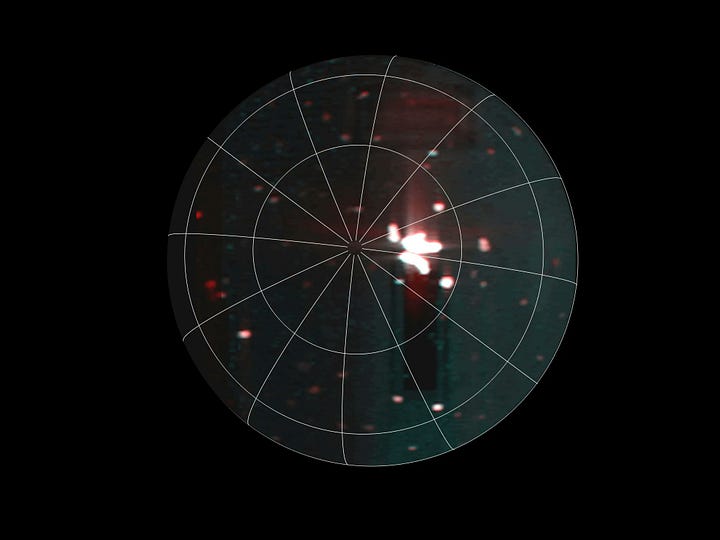
NASA’s Juno Mission has “observed the most powerful volcanic event ever recorded on the most volcanic world in our solar system, Jupiter’s moon Io.” The still unnamed hotspot spans around 40,000 square miles (100,000 square kilometers), around 5x the size of the biggest lava lake previously found on Io. (NASA Solar System)
Recommendations & Reviews
Give this excellent documentary a watch. It’s called New Space, the first ‘Frontier Film’ by Story Company, a San Francisco based film studio “telling stories about science & technology and creating a new generation of sci-fi films. Their official launch was earlier this month, and their first film is a real banger. It chronicles the story of New Space, the term often used for private industry entrants into aerospace since 2000.
Here’s the trailer to give you a better idea of what it’s about:
And here’s the film itself:
You can also watch the trailer, and full length documentary on X if you prefer. It’s very, very good. I can hardly believe the progress that’s happened over the last 25 years. Looking forward to even more over the next quarter century.
That’s it for this week, but Techno-Optimist will return to your inboxes a fortnight from now. Thank you all for reading, don’t forget to share and subscribe—and until next time, keep your eyes on the horizon.
-Owen







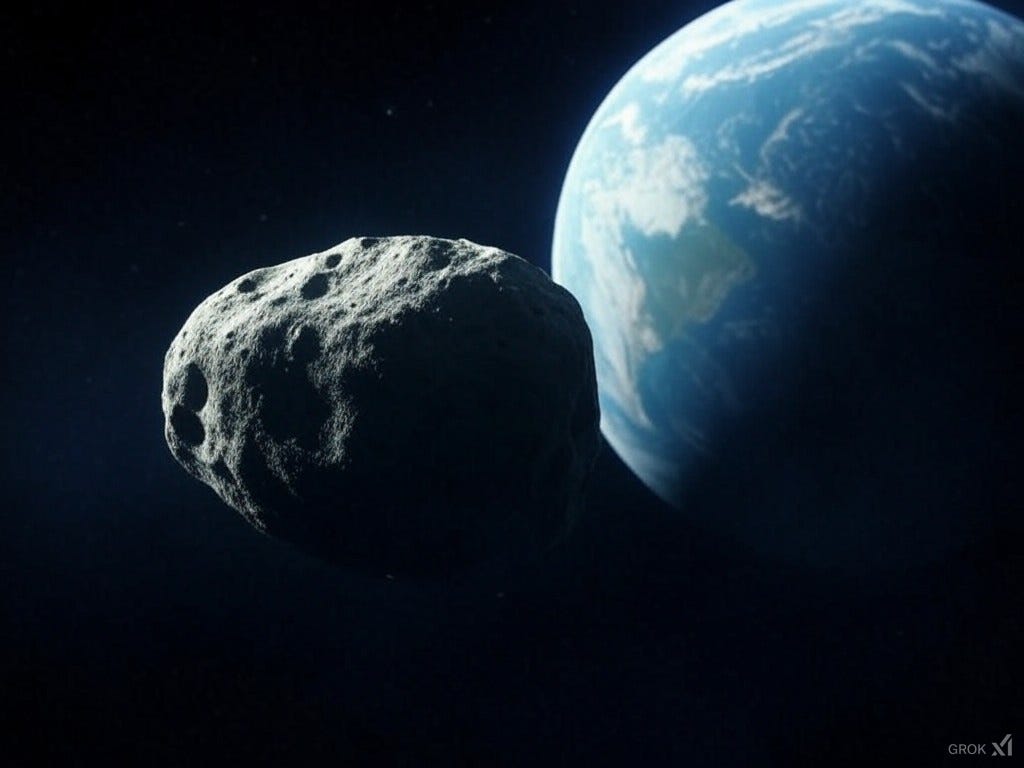
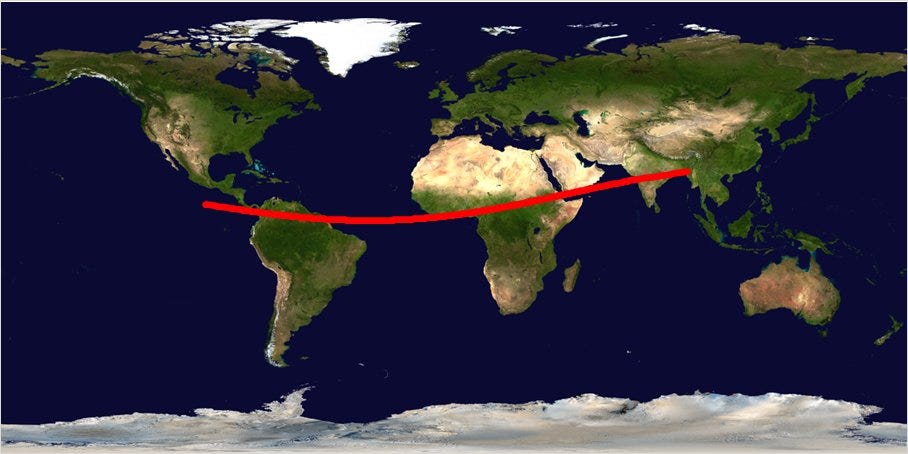
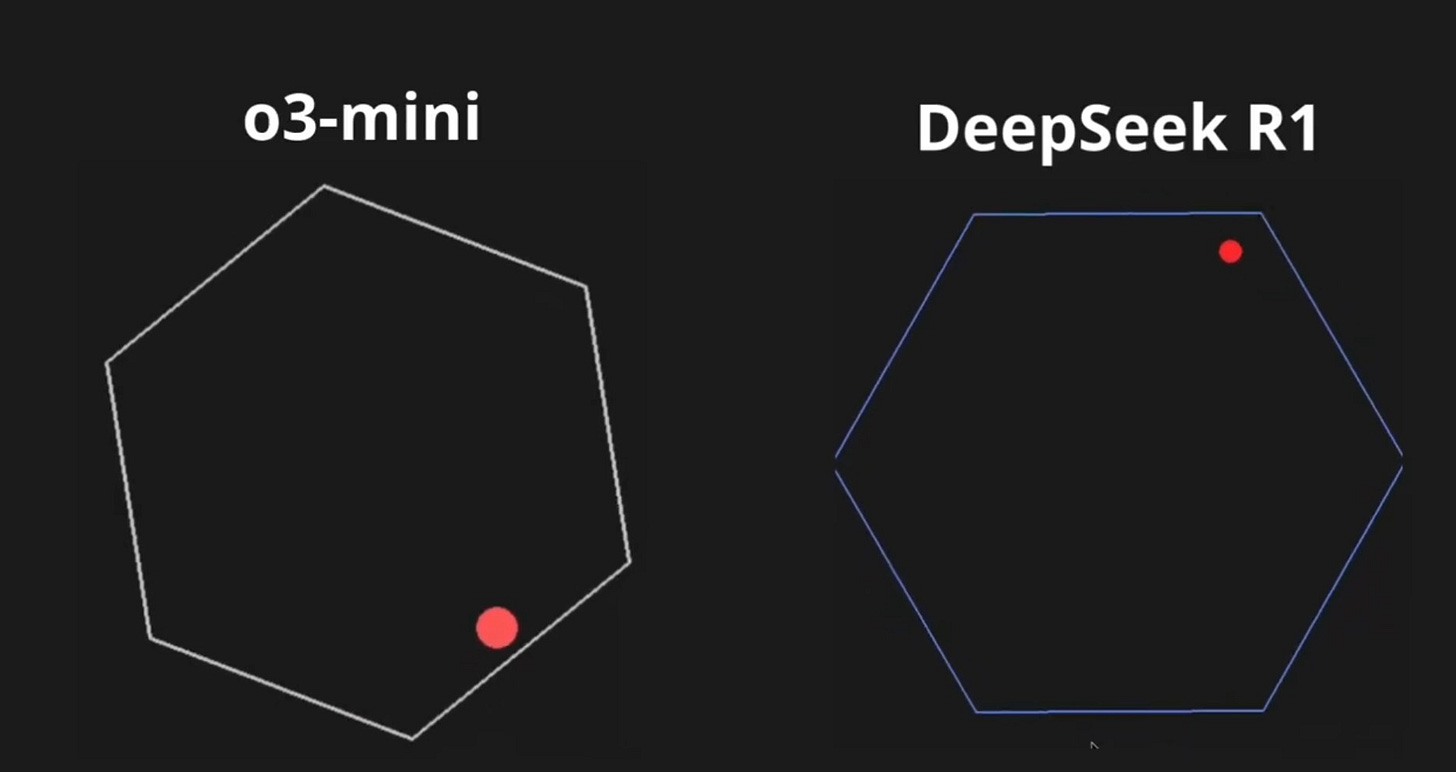

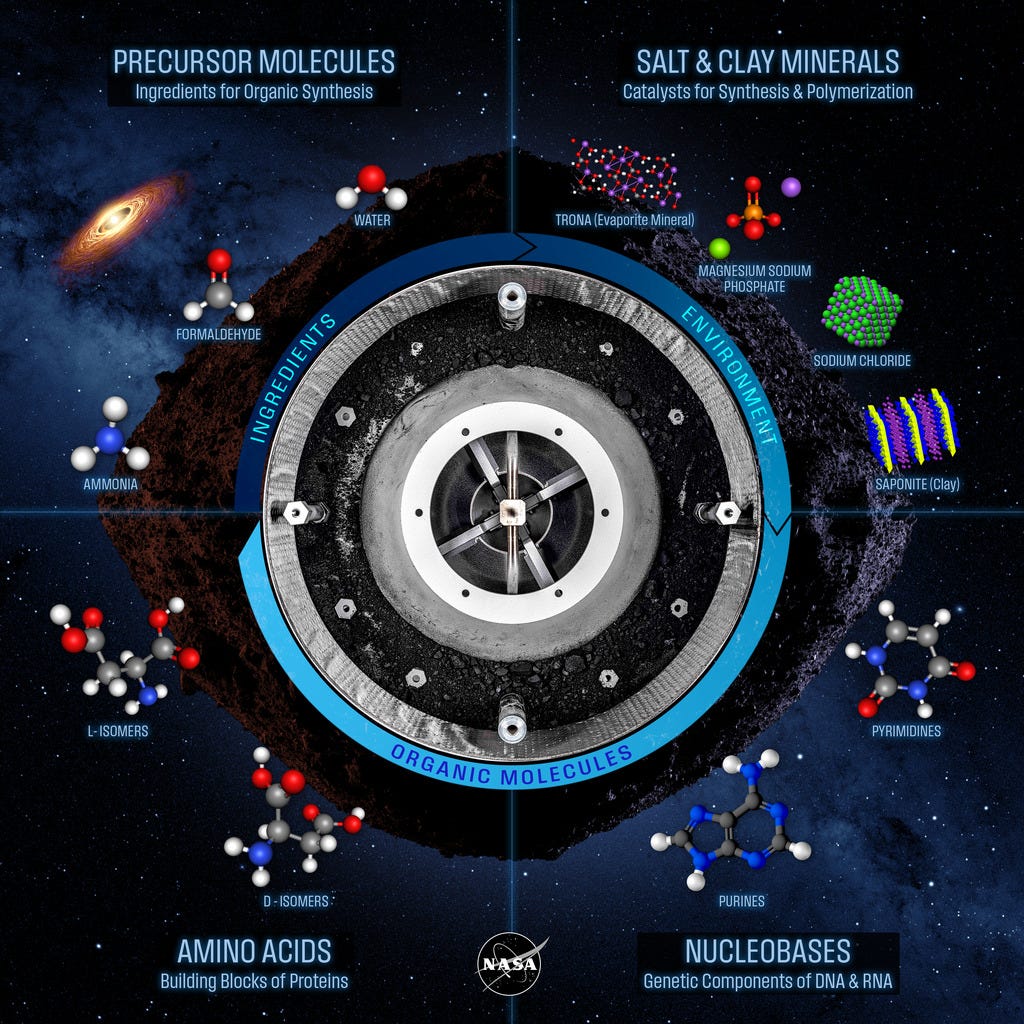
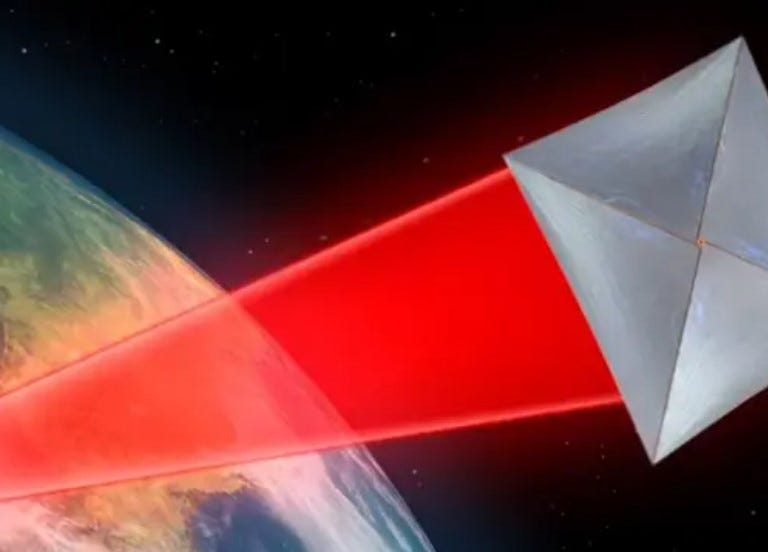

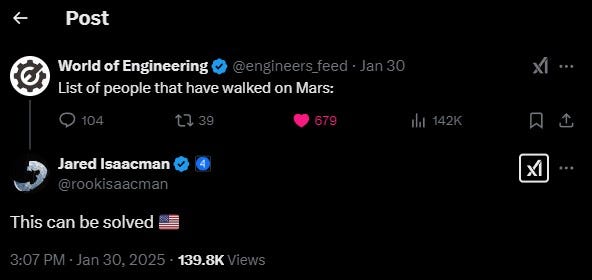

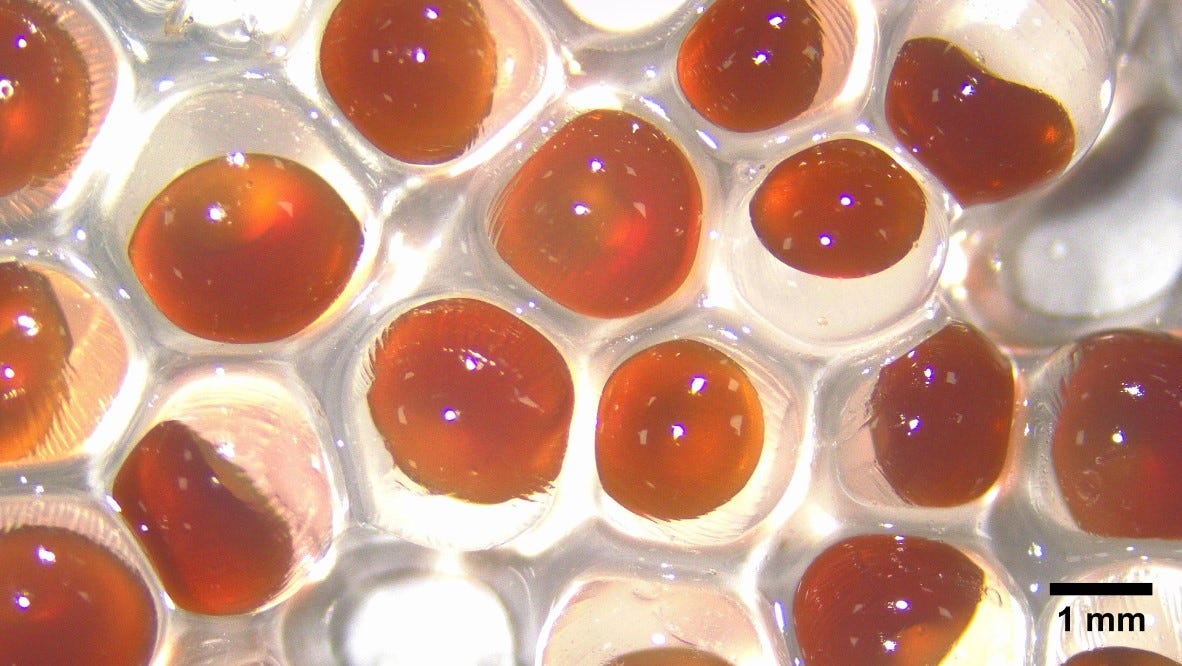



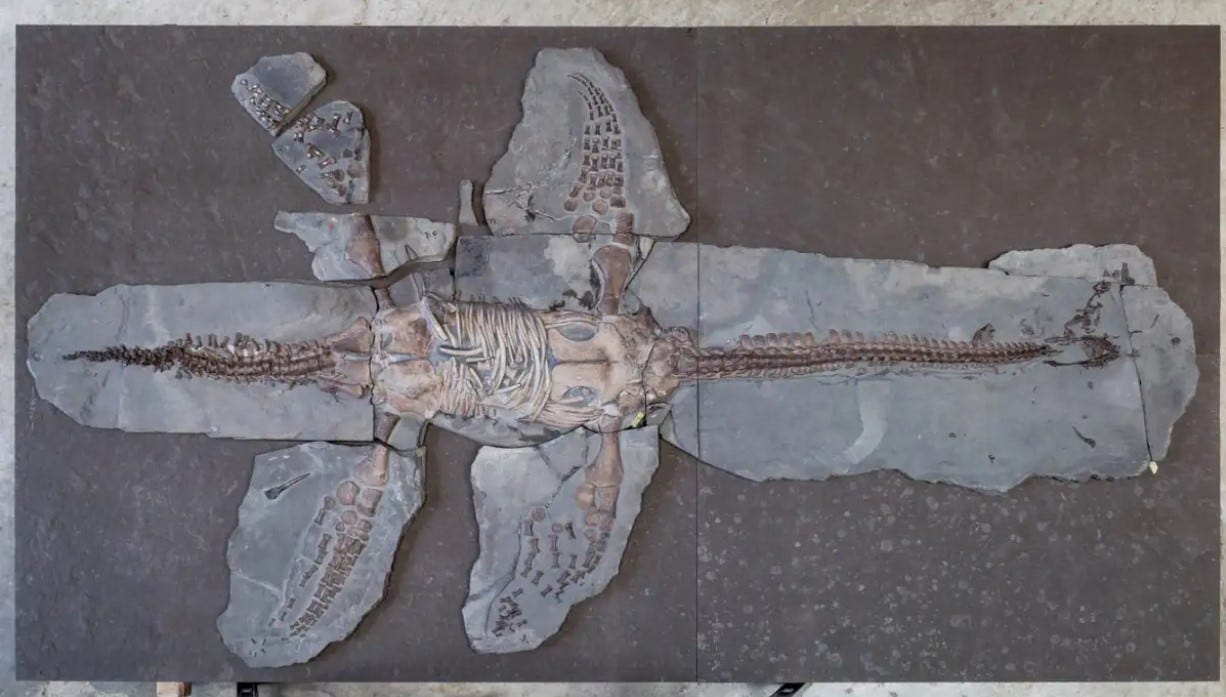


I have genetic cholesterol issues. They first showed up when I was 21 and I weighed about 100 pounds then so sent blood work to a geneticist and there it was. The problem? I can't take Crestor or other cholesterol drugs because I can't move when I take them. My muscles cramp and seize up and I spend all day in compression devices, back and forth between heat and cold. It's miserable and no way to live. I am very hopeful something can be done to remedy this issue.
Great post! I don't know where you find the time to do these long dumps, I'm struggling to tread water with my short updates.